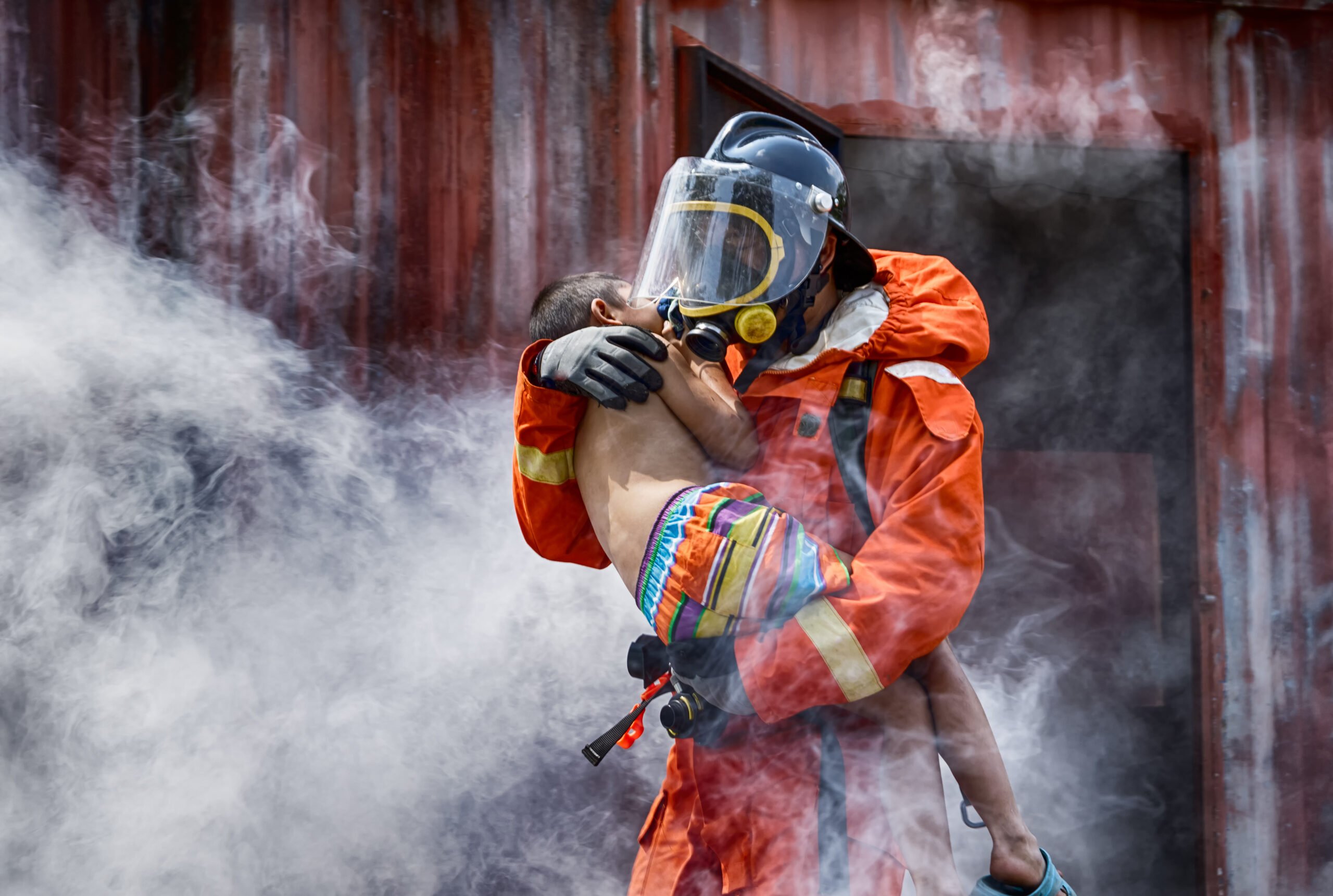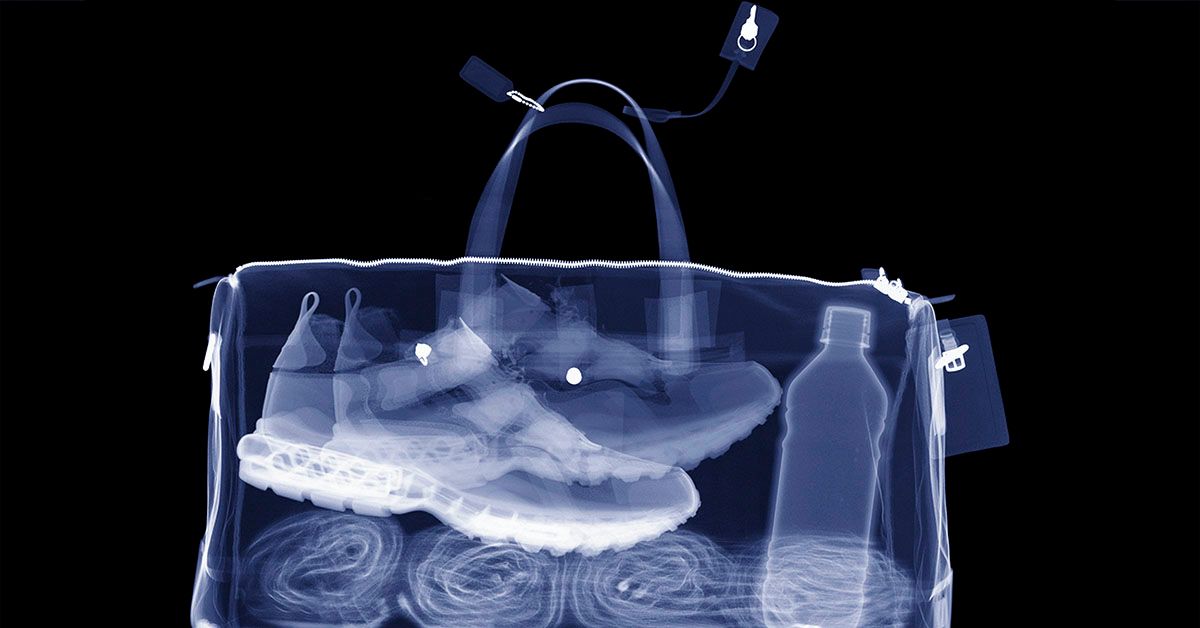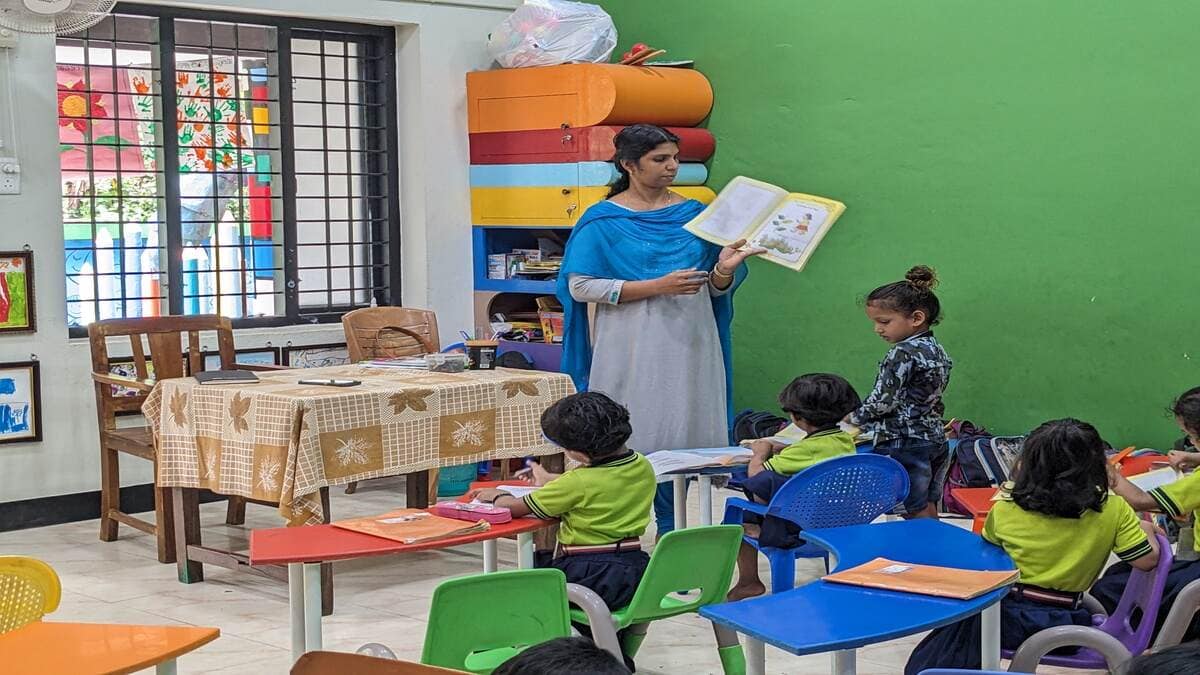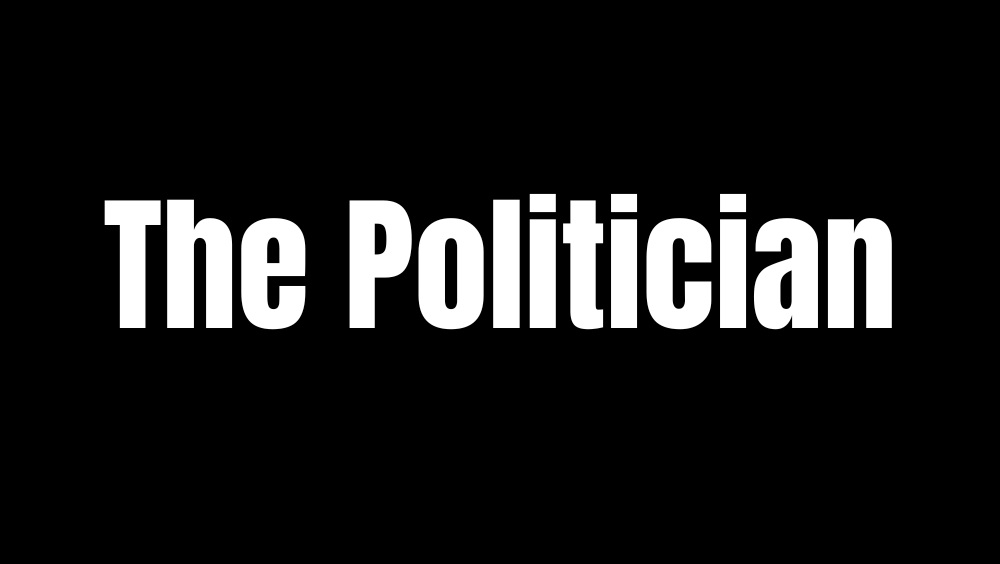Central govt has allocated Rs 748 crore for National Rabies Control Programme in states and UTs in 5 years: RTI
In a reply to an RTI filed by OpIndia, the National Centre for Disease Control (NCDC), Directorate General of Health Services, Government of India, informed that in the past five financial years, the government has allocated a total of Rs 748.05 crore to States and Union Territories under the National Rabies Control Programme (NRCP). The programme is implemented by the Ministry of Health and Family Welfare (MoHFW) through the National Health Mission. Source: National Centre for Disease Control (NCDC), Directorate General of Health Services, Government of India In its reply, NCDC stated that NRCP funds are allocated annually through NHM’s financial mechanisms, with expenditure details of individual States and UTs maintained by the NHM finance division. Details provided by NCDC OpIndia, in its RTI application, had requested information on the year-wise budget allocation and expenditure under the National Rabies Control Programme (NRCP) from 2010 to 2025. However, NCDC informed that under NHM, all States and UTs are being supported from FY 2020–21 onwards and provided data for the same. In its reply, NCDC said, “To implement the National Rabies Control Programme in the States and UTs, the budget is being provided by MoHFW under the National Health Mission through PIP mechanism for every financial year. Under the NHM, all States and UTs are being supported from FY 2020–21 onwards.” According to the RTI response, Rs 68.87 crore was allocated in FY 2020–21, followed by Rs 73.30 crore in FY 2021–22. The allocation rose to Rs 172.21 crore in FY 2022–23, Rs 74.09 crore in FY 2023–24, Rs 193.84 crore in FY 2024–25, and Rs 165.74 crore in FY 2025–26. Source: National Centre for Disease Control (NCDC), Directorate General of Health Services, Government of India The total five-year allocation for FY 2020–21 to FY 2025–26 stands at Rs 748.05 crore, all routed through NHM to State and UT health departments for activities such as human rabies prevention, post-exposure prophylaxis, training, and awareness drives. Please note that this information only contains the funds allocated by the Central Government. State Governments and UTs have their own budget as well for rabies prevention programmes. Understanding the difference between NRCP and ASCAD While both programmes, the National Rabies Control Programme (NRCP) and the Assistance to States for Control of Animal Diseases (ASCAD), contribute to India’s efforts to eliminate rabies, they operate under different ministries and focus on distinct aspects of control. The NRCP, implemented by the Ministry of Health and Family Welfare through the National Health Mission, addresses the human health component by funding post-exposure treatment, surveillance, and awareness activities. In contrast, ASCAD, administered by the Department of Animal Husbandry and Dairying under the Ministry of Fisheries, Animal Husbandry and Dairying, focuses on the animal health component, providing funds for procurement of anti-rabies vaccines for animals, including stray dogs, under the Livestock Health and Disease Control Programme. Together, the two form complementary pillars of India’s “One Health” strategy against rabies. ASCAD funding under animal husbandry ministry In a written reply in Lok Sabha on 22 July 2025, Minister of State for Fisheries, Animal Husbandry and Dairying Prof SP Singh Baghel informed the House about the allocations under the Assistance to States for Control of Animal Diseases (ASCAD) scheme. According to the information available, the funds under ASCAD are meant for procurement of anti-rabies vaccines for animals, including stray dogs, under the Department of Animal Husbandry and Dairying (DAHD). Dr Baghel informed the House that Rs 2.75 crore was approved in FY 2020–21, Rs 2.82 crore in FY 2021–22, Rs 4.75 crore in FY 2022–23, Rs 10.81 crore in FY 2023–24, and Rs 14.23 crore in FY 2024–25, taking the total approved funding under the scheme to Rs 35.35 crore over five years. Of this, the Central Government’s share amounted to Rs 24.69 crore, while the remaining Rs 10.66 crore was contributed by the State Governments as their share. Source: Ministry of State for Fisheries, Animal Husbandry and Dairying While NRCP operates under the MoHFW to address the human side of rabies prevention, ASCAD functions under the DAHD to support States in animal vaccination and disease control efforts as part of the Livestock Health and Disease Control Programme. This reply is part of broader RTI applications submitted by OpIndia at Central and State levels. More information will follow as replies are received. OpIndia’s previous RTI-based report on dog-bite data can be checked here. OpIndia is doing a series on Stray Dog Menace that can be checked here.



In a reply to an RTI filed by OpIndia, the National Centre for Disease Control (NCDC), Directorate General of Health Services, Government of India, informed that in the past five financial years, the government has allocated a total of Rs 748.05 crore to States and Union Territories under the National Rabies Control Programme (NRCP). The programme is implemented by the Ministry of Health and Family Welfare (MoHFW) through the National Health Mission.

In its reply, NCDC stated that NRCP funds are allocated annually through NHM’s financial mechanisms, with expenditure details of individual States and UTs maintained by the NHM finance division.
Details provided by NCDC
OpIndia, in its RTI application, had requested information on the year-wise budget allocation and expenditure under the National Rabies Control Programme (NRCP) from 2010 to 2025. However, NCDC informed that under NHM, all States and UTs are being supported from FY 2020–21 onwards and provided data for the same. In its reply, NCDC said, “To implement the National Rabies Control Programme in the States and UTs, the budget is being provided by MoHFW under the National Health Mission through PIP mechanism for every financial year. Under the NHM, all States and UTs are being supported from FY 2020–21 onwards.”
According to the RTI response, Rs 68.87 crore was allocated in FY 2020–21, followed by Rs 73.30 crore in FY 2021–22. The allocation rose to Rs 172.21 crore in FY 2022–23, Rs 74.09 crore in FY 2023–24, Rs 193.84 crore in FY 2024–25, and Rs 165.74 crore in FY 2025–26.

The total five-year allocation for FY 2020–21 to FY 2025–26 stands at Rs 748.05 crore, all routed through NHM to State and UT health departments for activities such as human rabies prevention, post-exposure prophylaxis, training, and awareness drives.
Please note that this information only contains the funds allocated by the Central Government. State Governments and UTs have their own budget as well for rabies prevention programmes.
Understanding the difference between NRCP and ASCAD
While both programmes, the National Rabies Control Programme (NRCP) and the Assistance to States for Control of Animal Diseases (ASCAD), contribute to India’s efforts to eliminate rabies, they operate under different ministries and focus on distinct aspects of control.
The NRCP, implemented by the Ministry of Health and Family Welfare through the National Health Mission, addresses the human health component by funding post-exposure treatment, surveillance, and awareness activities.
In contrast, ASCAD, administered by the Department of Animal Husbandry and Dairying under the Ministry of Fisheries, Animal Husbandry and Dairying, focuses on the animal health component, providing funds for procurement of anti-rabies vaccines for animals, including stray dogs, under the Livestock Health and Disease Control Programme. Together, the two form complementary pillars of India’s “One Health” strategy against rabies.
ASCAD funding under animal husbandry ministry
In a written reply in Lok Sabha on 22 July 2025, Minister of State for Fisheries, Animal Husbandry and Dairying Prof SP Singh Baghel informed the House about the allocations under the Assistance to States for Control of Animal Diseases (ASCAD) scheme.
According to the information available, the funds under ASCAD are meant for procurement of anti-rabies vaccines for animals, including stray dogs, under the Department of Animal Husbandry and Dairying (DAHD).
Dr Baghel informed the House that Rs 2.75 crore was approved in FY 2020–21, Rs 2.82 crore in FY 2021–22, Rs 4.75 crore in FY 2022–23, Rs 10.81 crore in FY 2023–24, and Rs 14.23 crore in FY 2024–25, taking the total approved funding under the scheme to Rs 35.35 crore over five years. Of this, the Central Government’s share amounted to Rs 24.69 crore, while the remaining Rs 10.66 crore was contributed by the State Governments as their share.
While NRCP operates under the MoHFW to address the human side of rabies prevention, ASCAD functions under the DAHD to support States in animal vaccination and disease control efforts as part of the Livestock Health and Disease Control Programme.
This reply is part of broader RTI applications submitted by OpIndia at Central and State levels. More information will follow as replies are received.
OpIndia’s previous RTI-based report on dog-bite data can be checked here.
OpIndia is doing a series on Stray Dog Menace that can be checked here.



























































































































